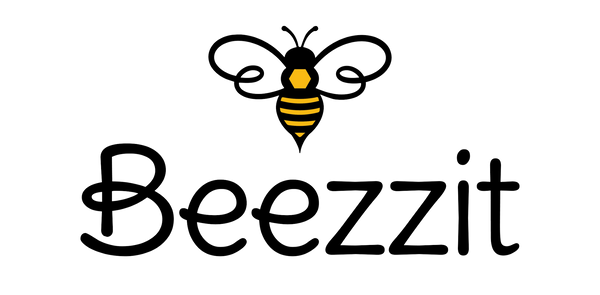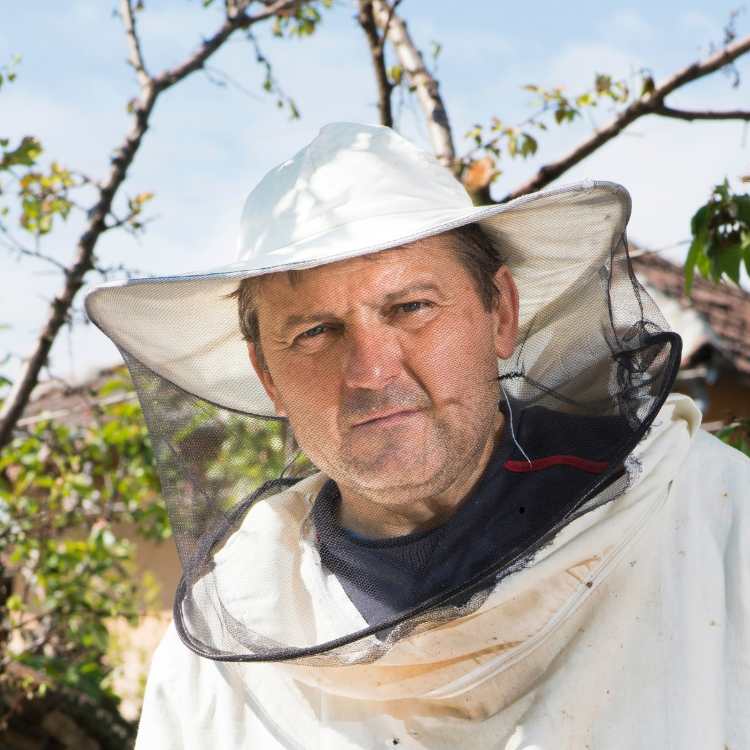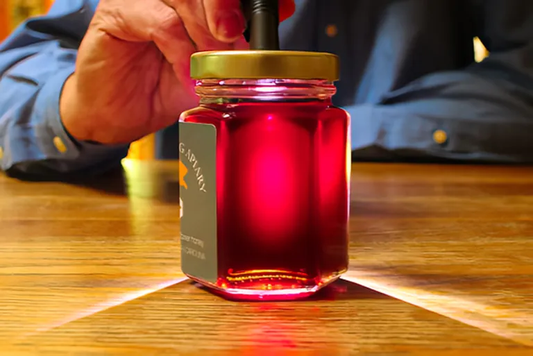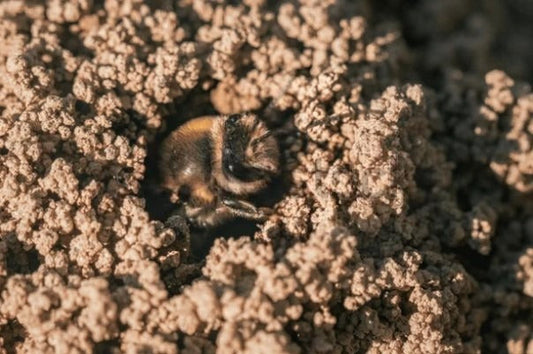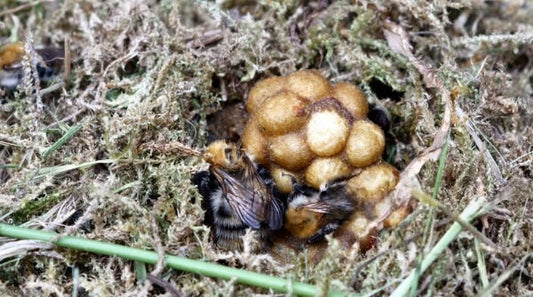Contrary to what some might believe, Florida is not all beaches, swamps and sunshine. It is also home to some of the most unique and hardworking bees in North America. While most people think of honey bees, the truth is Florida has over 300 native species of bees, 29 of which are found nowhere else on Earth. These Florida bees come in a multitude of shapes, sizes, colors and behaviors, and each plays their vital role in our ecosystems.
If you are curious about these Florida bees, we will explore some of the most common and fascinating types in this post.
5 Most common bee species found in Florida
The Southeastern Blueberry Bee: Habropoda labriosa
The southeastern blueberry bee is a native pollinator that works in sync with Florida’s early spring. These bees emerge just in time to pollinate blooming blueberry plants. Slightly smaller than a bumblebee, they have dark bodies and are covered with dense hairs that help them collect pollen more effectively.
Their standout feature? The ability to “buzz pollinate” or vibrate their flight muscles while inside a flower. This shakes the pollen loose, making it highly effective at fertilizing plants like blueberries. The southeastern blueberry is a solitary species that prefers to nest in the ground and only appears for a few weeks each year.

American Bumblebee: Bombus pensylvanicus
If you see a large, fuzzy black and yellow bee buzzing low over the flowers in your backyard, it is likely an American bumblebee. These native bees are powerhouse pollinators that can handle a variety of flower shapes and sizes. And unlike many solitary Florida bees, bumblebees have colonies. A single queen establishes the nest, which is then populated by other workers and drones.
Like the southeastern blueberry bee, the American bumblebee is a buzz pollinator and are therefore critical for crops like peppers and tomatoes. And because they are generalists, they are less picky about where they forage and can adapt to a range of environments.

Long-Horned Bees: Melissodes
This species gets its name from the males’ long, curved antennae that stick out dramatically from their heads. These bees tend to be medium to large in size and are active during the warmer months.
Long horned bees are quite easy to spot since they can be found sleeping inside flowers overnight. These guys are super important for sunflowers and other daisy like plants. Like most Florida bees, they nest in the ground and prefer areas with loose, sandy soil.

Blue Calamintha Bee: Osmia calamintha
The blue calamintha bee is one of Florida’s rarest species. And perhaps one of the most visually striking. This metallic blue bee is known for pollinating Ashe’s calamint, a threatened plant species found in central Florida.
In contrast to honeybees or bumblebees, blue calamintha bees are specialist creatures and thus rely on one or two plant types to source their nectar and pollen. It is this specialization that makes them super vulnerable but also incredibly valuable to their ecosystems. They are a stark reminder of how interconnected native plants and Florida bees really are.

Leafcutter bees: Megachile
Leafcutter bees are famous for the circular pieces of leaf they cut and carry back to their nests. These clever bees use the leaf bits to line their tunnels, which are often found in rotting wood or hollow stems. Though not as flashy as some other contenders on this list of Florida bees, leafcutter bees are strong, quiet workers. You might not even notice them until you see the telltale hole they leave in rose or lilac leaves. Still, they are efficient pollinators and an important part of the Florida bees lineup.
Why do these bees matter?
All of these Florida bees play a critical role in pollination. Some for wildflowers, some for crops and some for both. Native plants have evolved alongside native bees, making these relationships highly efficient. Unlike honeybees, which are European imports, these bees belong here. They are well adapted to Florida’s climate, soil and seasonal rhythms.
But it is sad to see that many native Florida bee species are facing a catastrophic threat of habitat loss, pesticides and invasive species. Supporting them means planting native flowers, leaving some ground bare for nesting and avoiding chemicals in your yard.
Our final thoughts
Bees are not just a buzzing noise in the background. These guys are the cogs that keep Florida’s fragile ecosystem running. Each of these native species plays a vital role in keeping our landscape alive and our food systems functional.
The next time you are outside and spot something small and shiny landing on a flower, take a closer look. Chances are that it is one of our many hardworking Florida bees doing what they have done for millions of years; one flower at a time.
To learn more about bees, consider following our full blog here.